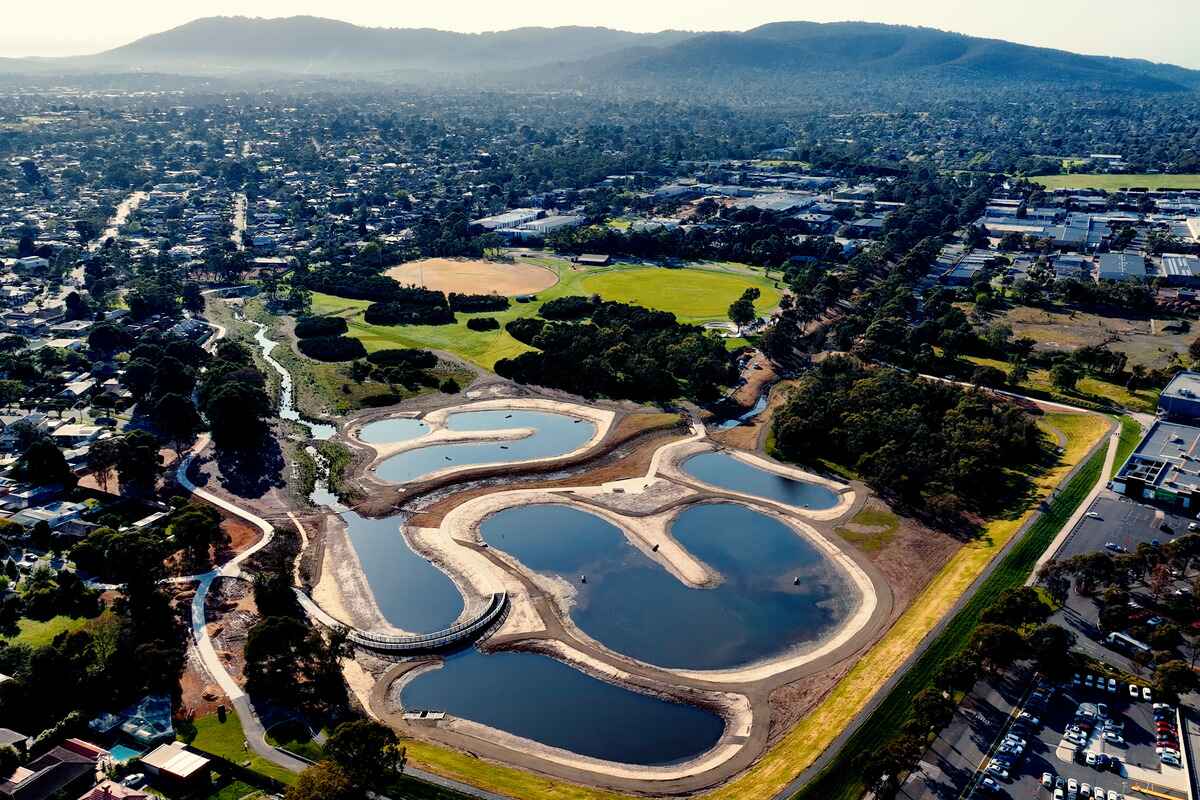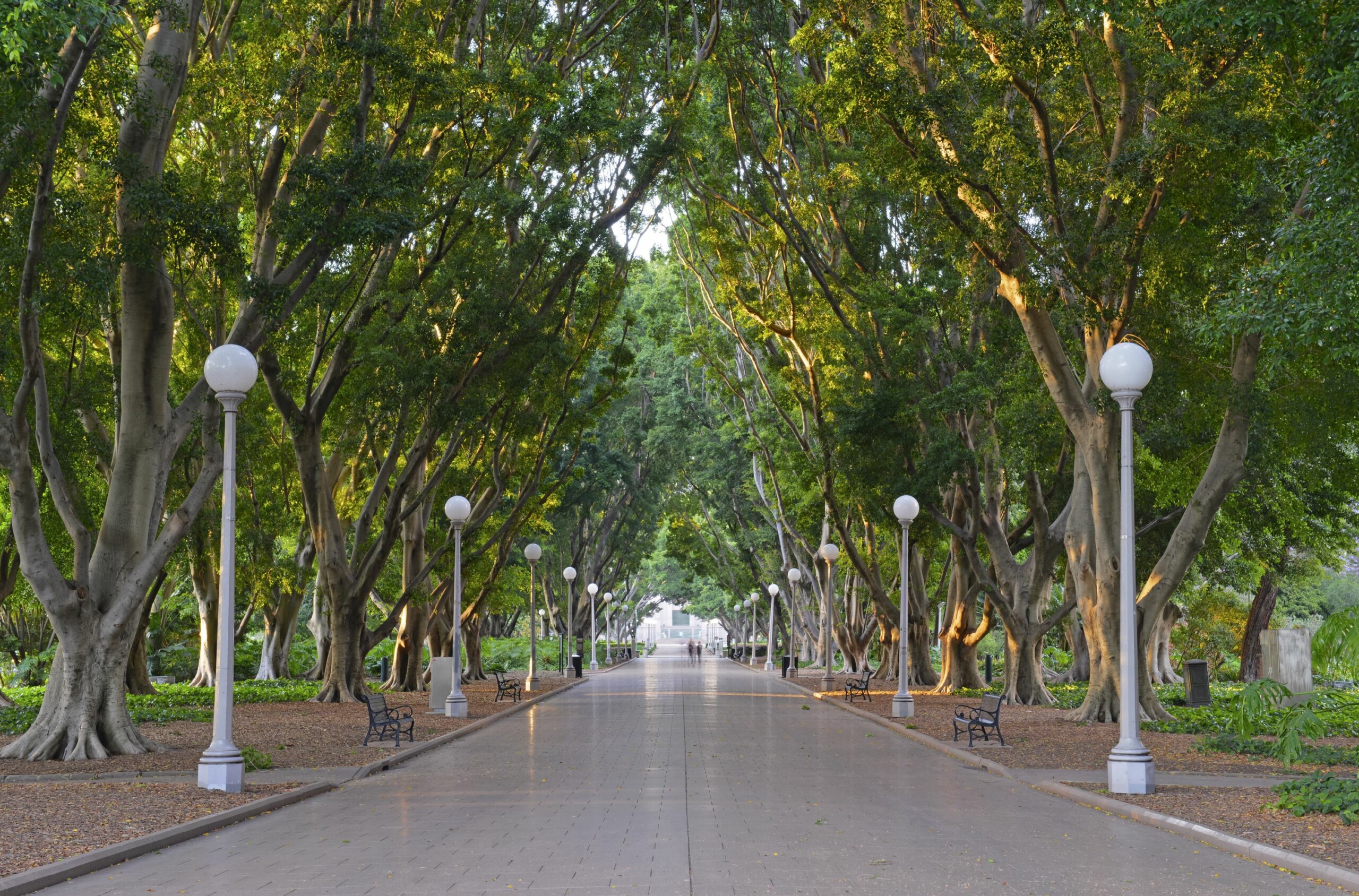Bringing new practices in waterways design to life

Waterways management has rapidly evolved from the days of willows and revetment. Today, it is guided by principles and phenomena observed in the sciences of ecology, fluvial geomorphology, hydrology, and sociology. The Alluvium Group integrates expertise across these sciences to produce practical outcomes for clients and the community. Since its inception, Alluvium has continued to research, test, and apply new techniques that transform and conserve waterways to meet environmental and social needs.
In this article, we highlight two examples that exemplify our integrated approach to waterways management – the Victorian Technical Guidelines for Waterway Management and the Blind Creek rehabilitation project.
In 2024, Alluvium played a key role in developing the recently published Victorian Technical Guidelines for Waterway Management in collaboration with the Department of Energy, Environment and Climate Action (DEECA) and Victoria’s Catchment Management Authorities.
These guidelines represent a significant step forward in supporting best-practice management of waterway processes, ensuring that decisions about intervention are informed by the latest science and real-world applications. The core of the guidelines is a simple, four-step decision-making process:
- Understand your waterway
- Decide whether to intervene
- Develop a management approach
- Design and implement on-ground works.
By applying these four steps, waterway managers can initially decide whether to intervene with waterway processes at a site by recognising the key threats to waterway values and the underlying geomorphological and ecological processes affected. If an intervention is deemed necessary, the guidelines then provide water managers with the appropriate options and specifications.
This latest edition of the guidelines reflects the evolution of our understanding of geomorphic processes and intervention techniques, helping to balance environmental, cultural, social, and economic waterway values.
📖 You can read the guidelines here: Technical guidelines for waterway management
Fundamental geomorphic principles contained within these guidelines and others (such as the Constructed Waterway Design Manual) have been put into action with the design of recent waterway naturalisation works along Blind Creek at Lewis Park in Wantirna South, east of Melbourne. Our project team integrated skills across the physical, ecological, and social sciences to produce an outstanding project with our partners that is living, durable, engaging, and safe.
Urban streams are difficult to rehabilitate due to the myriad impacts caused by developed waterway catchments – flooding, degraded water quality, and altered ecological habitat are just a few of these impacts.
The transformation of the twenty-hectare facility along Blind Creek was a collaboration with the Department of Energy, Environment and Climate Action (DEECA), Knox City Council, Melbourne Water Corporation, and Wurundjeri Woi Wurrung Cultural Heritage Aboriginal Corporation. Its collective vision realised is for an open space for the community to interact with nature and each other. Our design team, encouraged by our previous success with the daylighting of Blind Creek from Manuka Drive to Scoresby Road, continued downstream from Scoresby Road into Lewis Park. They accounted for safety in the design with systems that provide safe access to the creek for pedestrians and cyclists, managing flood flows with an additional 40,000 cubic meters of flood storage, while maintaining the ecological integrity of the stream with the reduction of over 760 kg of nitrogen that would otherwise go to Port Phillip Bay.
The benefits go beyond the ecology and hydrology of the system, providing amenity with the cooling water features, water supply harvested from the system for irrigation of surrounding sports fields and community gardens, and community connectedness through new sections of shared paths and bridges.
The project has an enviable list of facilities, including 1.65 km of channel naturalisation, three treatment wetlands, two harvesting ponds, 6.3 km of new and improved paths, 677,000 new plants, and 1,700 trees, stepping stone crossings, a new bridge, and viewing platforms.
The Blind Creek rehabilitation project has had a profound impact on the local community and environment. The project has significantly improved the ecological health of the waterway, providing a habitat for native flora and fauna. The reduction of nitrogen levels has contributed to better water quality, benefiting both the local ecosystem and the broader environment, including Port Phillip Bay.
The project has also enhanced the social and recreational value of the area. The new and improved paths, bridges, and viewing platforms have created a more accessible and enjoyable space for the community. The cooling water features and harvested water supply for irrigation have added to the amenity of the area, making it a popular destination for residents and visitors alike.
Furthermore, the project has fostered a sense of community and collaboration. The involvement of the various stakeholders has strengthened partnerships and promoted a shared vision for the future of the waterway.
Project Team (Guidelines): Stuart Cleven, Ross Hardie, Dr. Alex Sims, Marnina Tozer, Kristen Joyse, and Prof. Ian Rutherfurd.
Project Team (Lewis Park): Stuart Cleven, Jenny Butcher, Matt Bolton.


